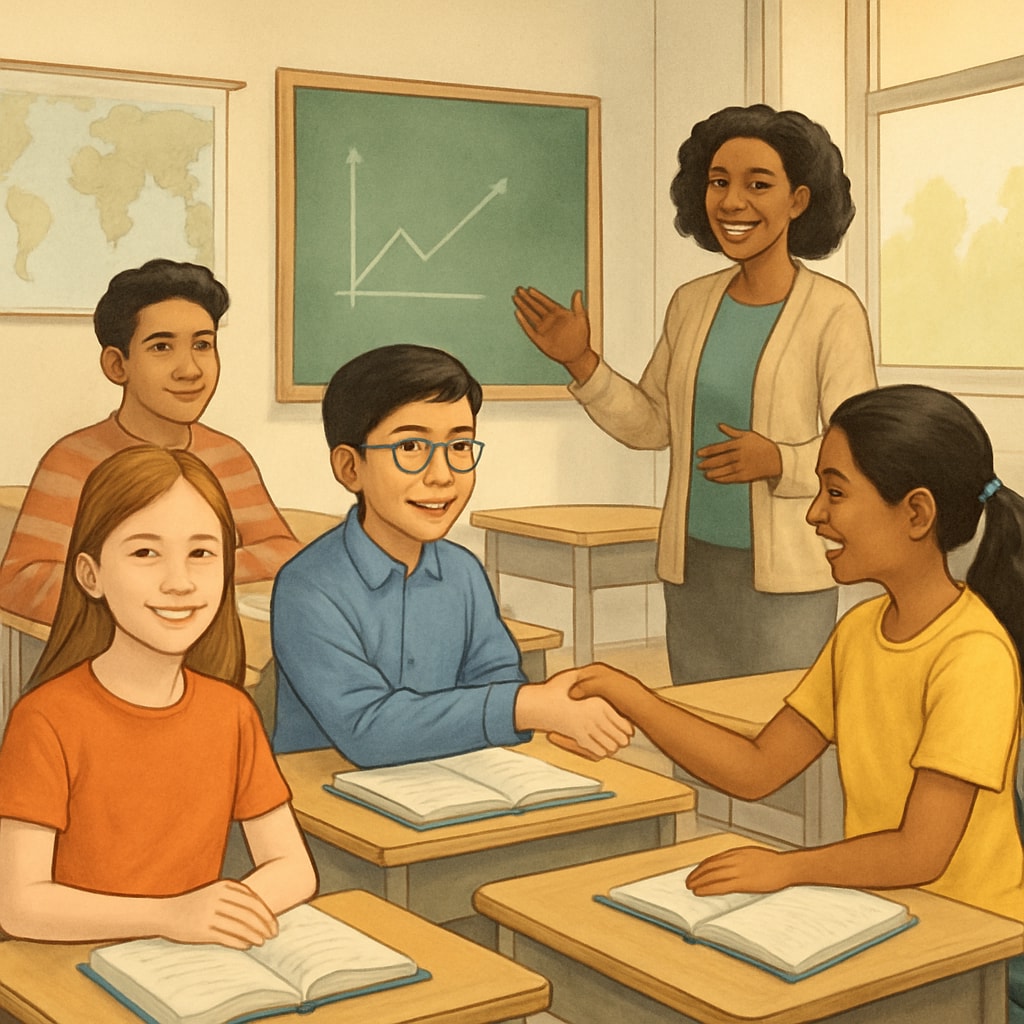School voucher programs are rapidly expanding across the United States, reshaping the educational landscape and creating new challenges for public schools. With states like Arizona leading the way in implementing these policies, public schools are grappling with reduced enrollment and shrinking budgets. As the debate over education funding and resource allocation intensifies, it is crucial to examine how public school systems are adapting to this shift and what the long-term effects might be on the nation’s education ecosystem.
The Current State of School Voucher Programs
School vouchers, which provide government subsidies for families to enroll their children in private schools, have gained momentum in many states. In Arizona, the program has seen significant growth following the expansion of the Empowerment Scholarship Account (ESA), allowing nearly all K-12 students to qualify for vouchers. Advocates argue that vouchers give families greater educational choice and promote competition among schools. However, critics warn that this policy drains essential funding from public schools, disproportionately affecting lower-income and rural communities.
According to a Wikipedia overview on school vouchers, these programs have roots in Milton Friedman’s economic theories, emphasizing market-based solutions to improve education quality. Nevertheless, their implementation has sparked heated debate over equity and access.

Challenges Faced by Public Schools
The expansion of school vouchers presents several immediate challenges for public schools:
- Funding Reduction: As students leave for private institutions, public schools lose per-pupil funding, which can lead to budget cuts and program reductions.
- Declining Enrollment: Lower enrollment in public schools may result in teacher layoffs and diminished extracurricular opportunities.
- Resource Inequality: Rural and underserved communities often lack access to high-quality private schools, exacerbating educational inequities.
Additionally, the perception that private schools outperform public schools can further undermine confidence in the public education system, even though studies often show mixed results regarding academic outcomes.

Innovative Responses from Public School Districts
Despite the challenges, many public school districts are developing innovative strategies to compete with voucher programs and retain students. For example:
- Expanding Specialized Programs: Public schools are introducing magnet programs, STEM-focused curricula, and arts academies to attract diverse student populations.
- Strengthening Community Engagement: Schools are building stronger ties with families through events, transparent communication, and local partnerships.
- Improving Facilities and Technology: Investments in modernizing classrooms and integrating technology have helped public schools remain competitive.
In addition, some districts are actively lobbying for policy changes that ensure equitable funding regardless of voucher program expansions.
The Broader Implications of Voucher Expansion
While voucher programs aim to increase educational choice, their rapid expansion raises concerns about long-term effects on the public education system. The redistribution of education funds could widen the gap between affluent and disadvantaged communities. Furthermore, the reduced oversight of private institutions receiving public money has sparked debates over accountability and transparency.
As highlighted by Britannica’s analysis on school choice, the balance between choice and equity remains a critical question for policymakers.
Looking ahead, public schools must continue to innovate while advocating for policies that protect their ability to serve diverse populations. Collaboration between public and private sectors may also play a pivotal role in shaping a more harmonious educational future.
Readability guidance: This article uses concise paragraphs, clear headings, and lists to summarize key points. Transition words like “however,” “in addition,” and “as a result” ensure logical flow. Passive voice is minimized, and technical terms are explained. Images are strategically placed to complement the text.


